

Handling Imbalanced Datasets in Machine Learning
Dealing with imbalanced datasets is a common challenge in machine learning. An imbalanced dataset is one where the classes are not represented equally—there is a major class and one or more minor classes. For example, in fraud detection, most transactions are valid while only a small percentage are fraudulent. Similarly, in medical diagnosis, only a few patients have the disease while most are healthy.
Imbalanced classes can decrease model performance. Most machine learning algorithms work better when classes are balanced. When one class is much larger, the algorithm is biased towards predicting the major class and ignores the minor class. This results in poor predictive performance.
In this comprehensive guide, we discuss various techniques to handle imbalanced data and build better machine learning models:
Understanding Imbalanced Datasets
An imbalanced dataset has unequal class distribution. One class, called the majority (negative) class, comprises most of the samples. The other class, called minority (positive) class, has much fewer samples.
The imbalance ratio indicates how skewed the class distribution is. It is calculated as:
Imbalance Ratio = number of majority class samples / number of minority class samples
An imbalance ratio above 1.5 is considered highly imbalanced. As the ratio increases, the dataset becomes more skewed.
Many real-world datasets like fraud detection, network intrusion, disease diagnosis are imbalanced because anomalies are rarer than normal instances.
Algorithms get biased towards the majority class and have poor predictive performance on the minority class when data is imbalanced.
Evaluation metrics like accuracy reward correct majority class predictions but ignore the minority class. More useful metrics are precision, recall, F1-score.
Problems With Imbalanced Data
Imbalanced datasets can negatively impact model training and performance:
Bias towards majority class: Algorithms focus on correctly classifying the common class and ignore the rare class.
Overfitting: Models tend to overfit the majority class and underfit the minority class when classes are imbalanced.
Poor metrics: Accuracy and error-rate are ineffective metrics for imbalanced problems as they do not reveal model performance on the rare class.
Misclassification costs: Often, the costs of misclassifying minority class samples is higher than majority class. This aspect needs special attention.
Key Challenges
The key challenges with imbalanced data are:
- Identifying relevant performance metrics instead of standard accuracy.
- Modifying existing algorithms or choosing algorithms that can handle class imbalance effectively.
- Resampling the dataset to balance distributions - either by oversampling minority class or undersampling majority class.
Handling Imbalanced Data
Here are the main techniques to handle imbalanced datasets:
1. Re-sampling the Dataset
This involves modifying the dataset to balance the class distributions. The majority class samples are reduced and minority class samples are increased.
- Undersampling reduces the number of majority class samples randomly.
- Oversampling increases minority class samples by replicating existing samples or creating synthetic new samples.
- These balancing techniques improve model performance on the rare class.
Key Algorithms: Random under-sampling, Tomek links undersampling, Synthetic minority oversampling (SMOTE).
2. Algorithm Modification/Adaptation
Instead of changing the dataset, the algorithms are modified to handle imbalanced distributions better.
- Ensemble methods: Boosting and bagging algorithms like Random Forest and XGBoost work well for imbalanced data.
- Cost-sensitive training: Higher misclassifcation costs are assigned to minority class to focus learning.
- One-class classifiers: Models are created only based on majority class, anomalies are detected as outliers.
Key Algorithms: Cost-sensitive SVM, AdaBoost, Random Forest, One-Class SVM
3. Generate Synthetic Data
New synthetic similar minority class data is generated from existing samples. Useful when available real-world data is scarce.
- Synthetic data helps provide more minority training examples improving model detection of rare cases.
- Must ensure synthetic data resembles real data for algorithms to work effectively on actual test data.
Key Algorithms: SMOTE, ADASYN, Gaussian Data Augmentation
4. Metric Selection
Choosing the right evaluation metrics for imbalanced classes is vital.
- Metrics: Precision, recall, specificity, F1 score reveal model performance on minority class much better than accuracy.
- ROC-AUC: ROC curves and AUCs assess overall model discrimination considering imbalance.
- Average metrics: Weighted or macro averages give insights into both class performances.
Handling Imbalance in Key Algorithms
Here is how some popular machine learning algorithms handle imbalanced data:
Logistic Regression
- Logistic regression gets biased towards predicting the majority class in imbalanced data.
- Useful techniques involve assigning class weights inversely proportional to class frequencies. The model focuses more on minority class.
- SMOTE oversampling also boosts performance.
Decision Trees
- Decision trees often overfit majority class and underfit minority class.
- Ensemble methods like Random Forest and XGBoost boost decision tree performance significantly.
- Tree depth, splitting criteria, boosting parameters need tuning for handling imbalance.
SVM
- SVM classifiers focus excessively on majority class boundary and misclassify minority regions.
- Cost-sensitive SVM which penalizes minority class misclassifications higher improves performance.
- SMOTE oversampling creates more minority regions improving SVM prediction.
Neural Networks
- Class imbalance disrupts neural network model learning, needing specialized handling.
- Class weights must be correctly assigned to focus more on minority class.
- Generate synthetic data using GANs/data augmentation techniques. Useful for deep learning.
Real-world Application Examples
Here are some examples highlighting techniques for handling class imbalance:
Fraud Detection
- Extremely imbalanced dataset with few frauds compared to legitimate transactions.
- Undersampling, SMOTE oversampling improve model minority class performance.
- Evaluation via Precision, Recall, F1-score instead of accuracy and error-rate.
Medical Diagnosis
- Disease diagnosis has imbalanced data with more healthy patients than actual cases.
- Synthetic data generation via SMOTE boosts minority class model detection.
- Algorithm adaptations like cost-sensitive SVM also enhance performance.
Intrusion Detection
- Network threats and anomalies occur much less than normal activities so data is highly skewed.
- Cluster-based oversampling and undersampling balances the classes.
- Using AUC-ROC graphs better evaluate model capabilities.
Best Practices for Handling Imbalanced Data
Here are some key best practices when dealing with imbalanced classes:
Assess class imbalance - Check distribution and imbalance ratio to gauge data skew.
Split strategically - Stratify train/test splits to retain class imbalance.
Measure relevant metrics - Use precision, recall, AUC instead of accuracy and error.
Try re-sampling techniques - Undersample majority or oversample minority class.
Tune model correctly - Set class weights, cost parameters for skew.
Handle overfitting - Use techniques like regularization and cross-validation.
Generate synthetic data - Use SMOTE, ADASYN for creating new minority data.
FAQs
Here are some common queries on handling class imbalance:
Q: Why does class imbalance affect model performance negatively?
A: Algorithms get biased towards predicting the majority class and ignore the minority class which reduces predictive capabilities.
Q: When does a dataset become imbalanced?
A: Typically class distributions with imbalance ratios greater than 1.5:1 are considered imbalanced. The higher the ratio, the greater the imbalance.
Q: Should class imbalance always be handled?
A: Not necessarily. If minority class performance is acceptable even without handling imbalance, then modifying the data or model may not be required.
Q: What metrics should be used for imbalanced classes?
A: Instead of accuracy and error-rate, precision, recall, F1-scores and ROC-AUC are more useful for gauging model performance on imbalanced data.
Q: How can generated synthetic data help handle imbalance?
A: Oversampling minority class by generating additional synthetic similar data via SMOTE, ADASYN etc. boosts minority detection capability.
Conclusion
Imbalanced datasets require specialized handling as the uneven class distributions negatively impact model generalization capabilities. Strategic approaches involve re-sampling data, adapting algorithms, choosing proper metrics and synthetic data generation. By following these best practices, we can train machine learning models to perform strongly despite class imbalance.
Popular articles
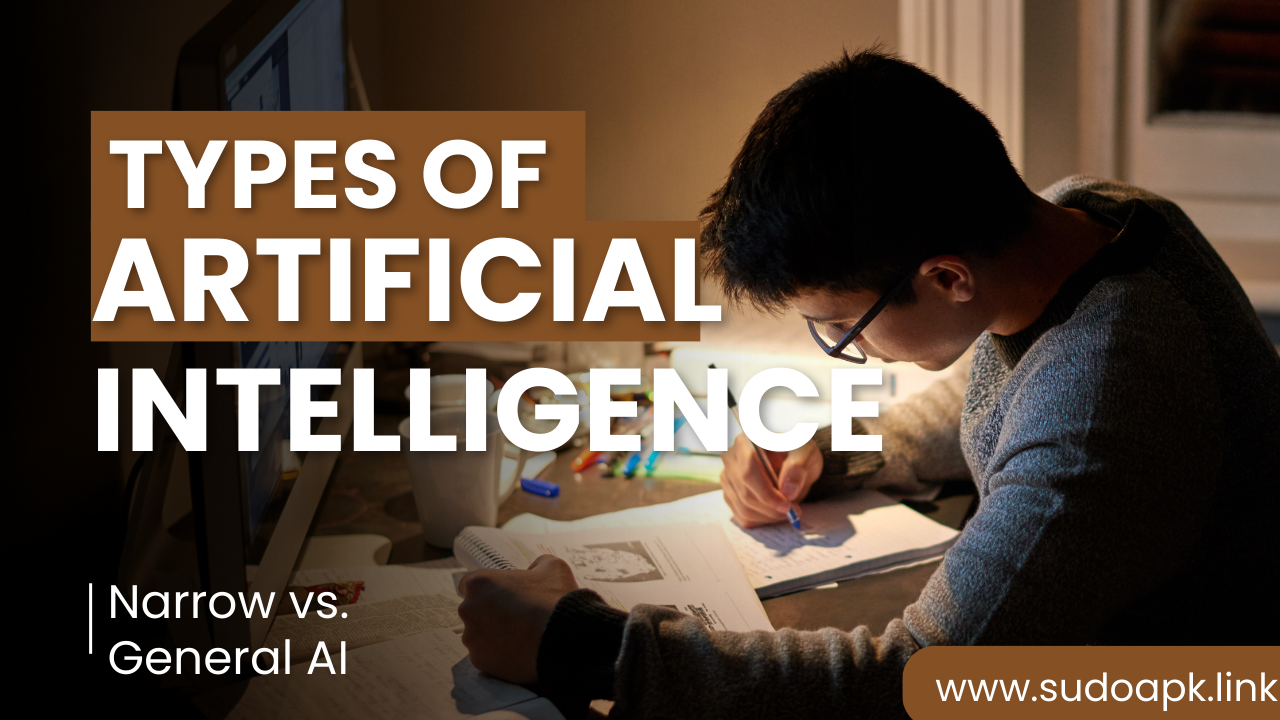
Dec 31, 2023 07:04 AM
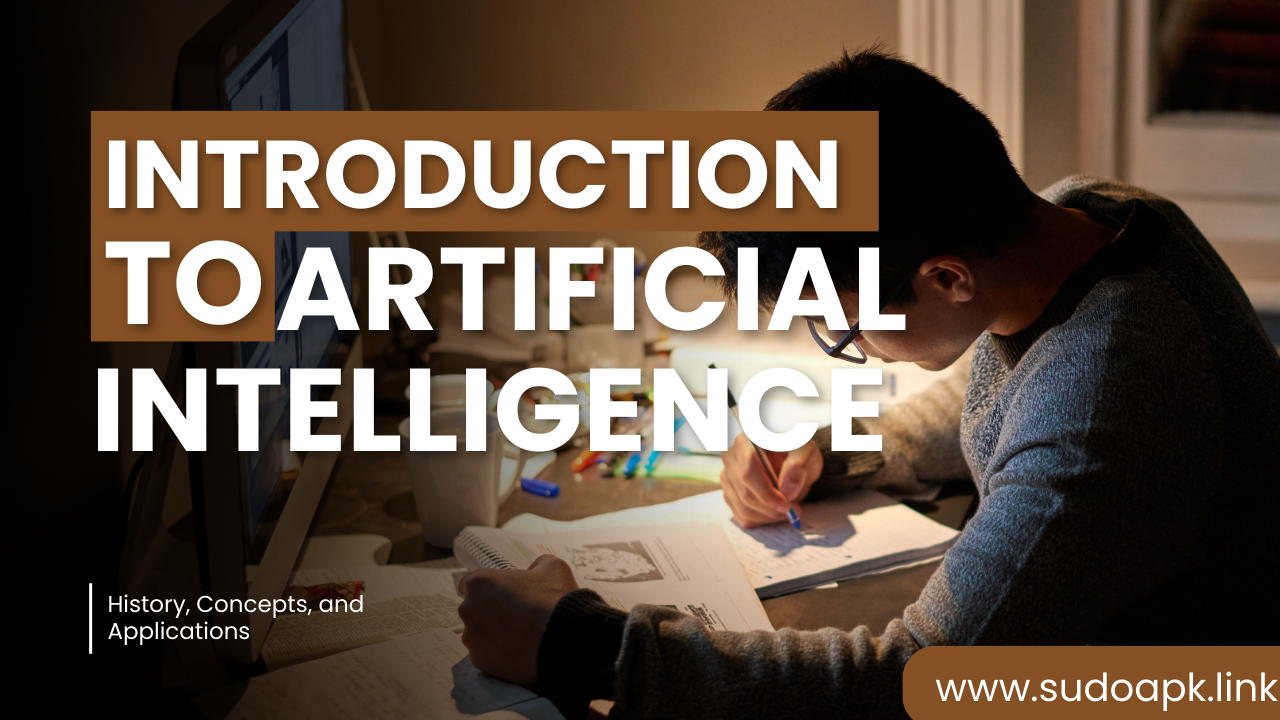
Dec 31, 2023 06:48 AM
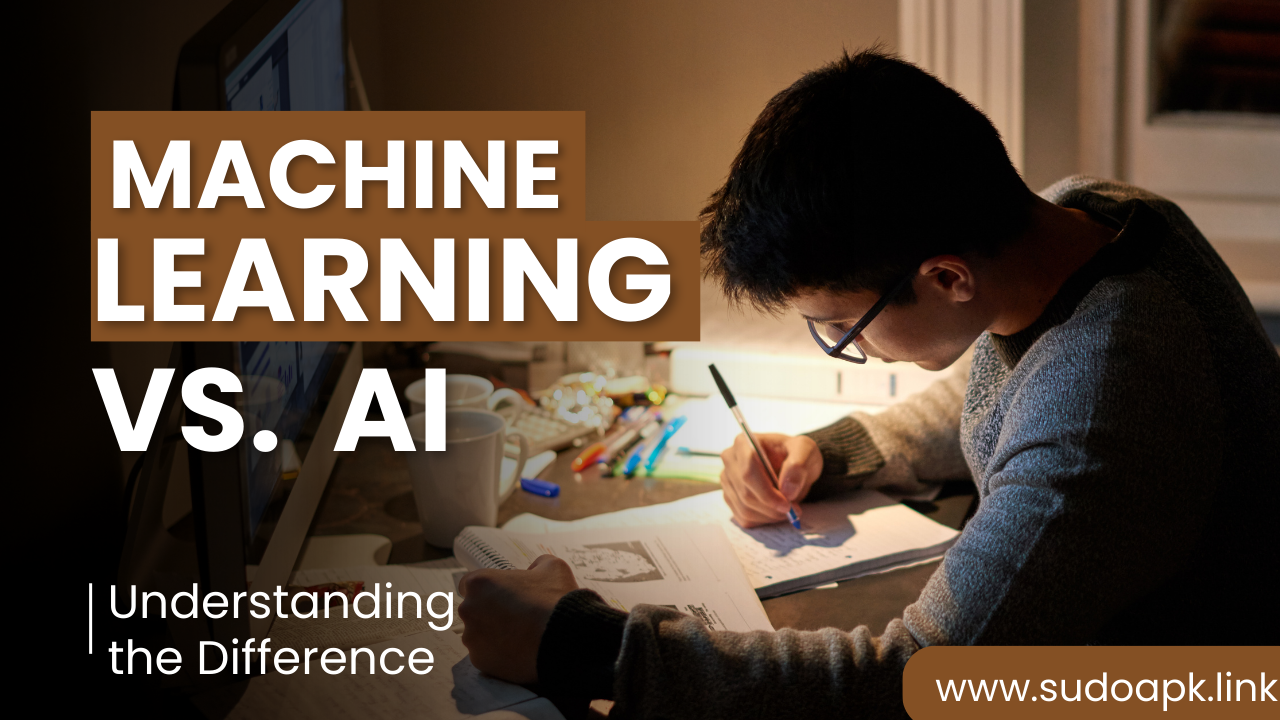
Dec 31, 2023 07:12 AM
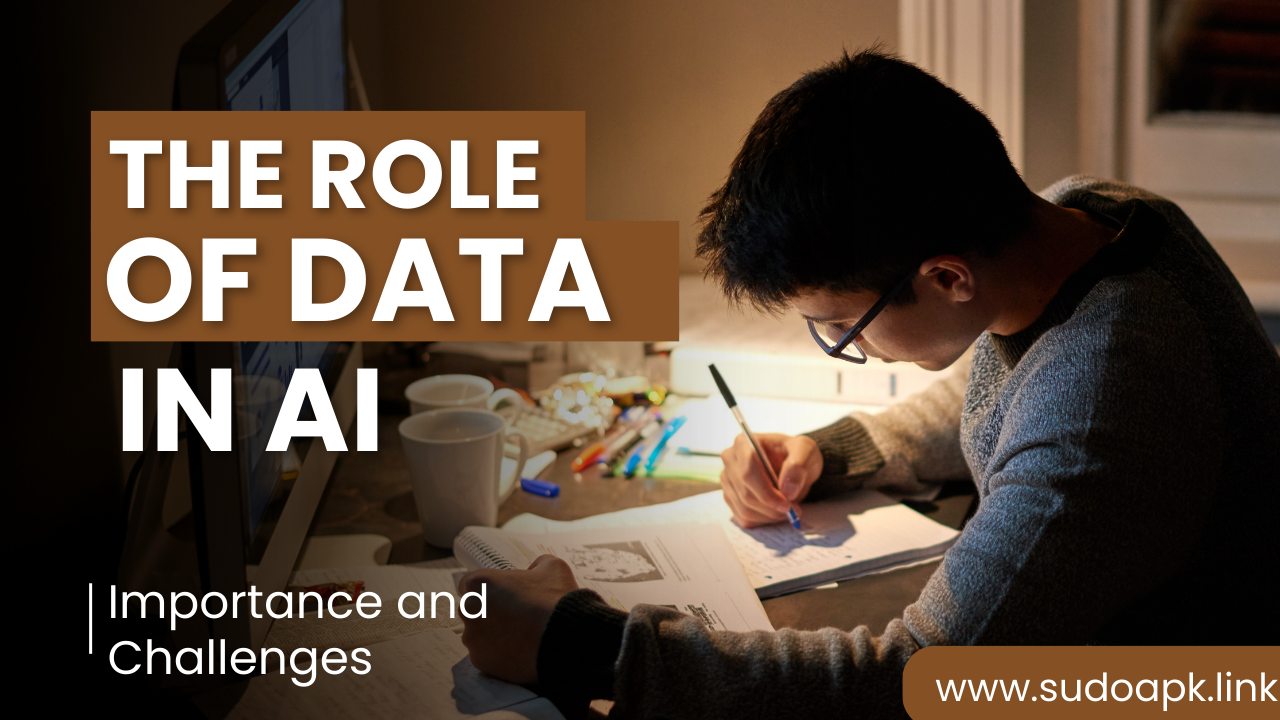
Dec 31, 2023 07:22 AM
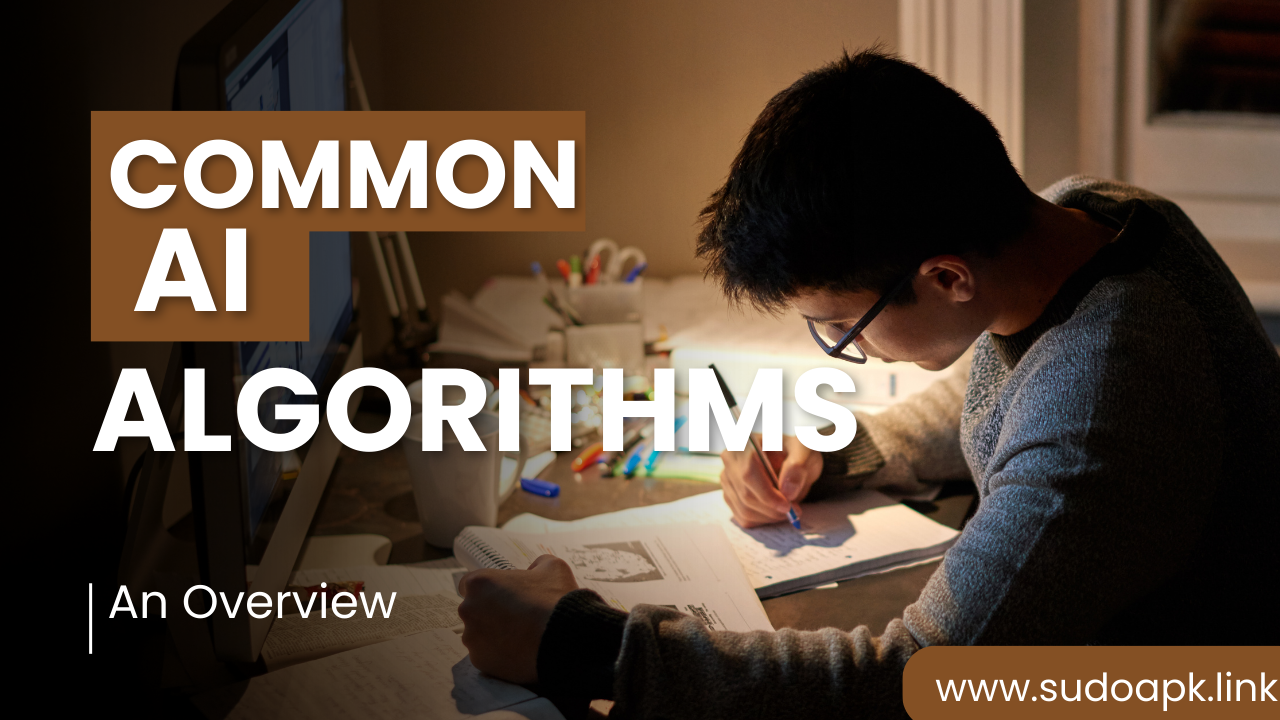
Dec 31, 2023 07:17 AM
Comments (0)